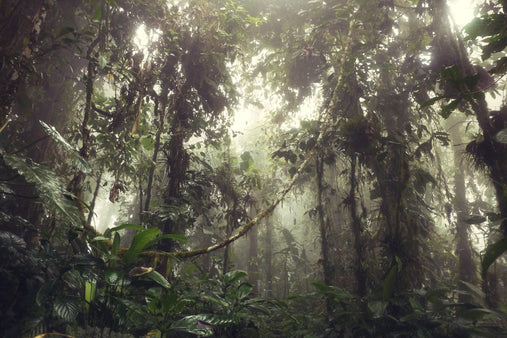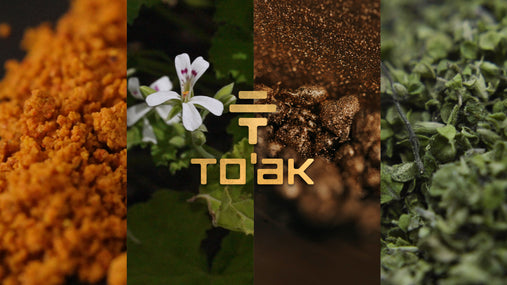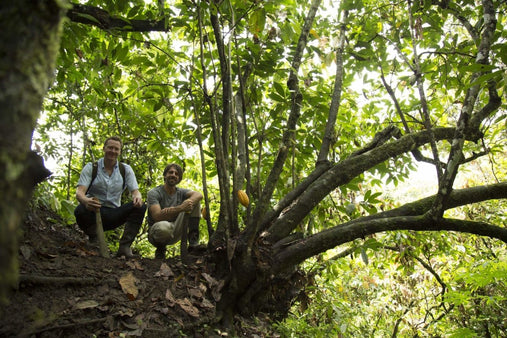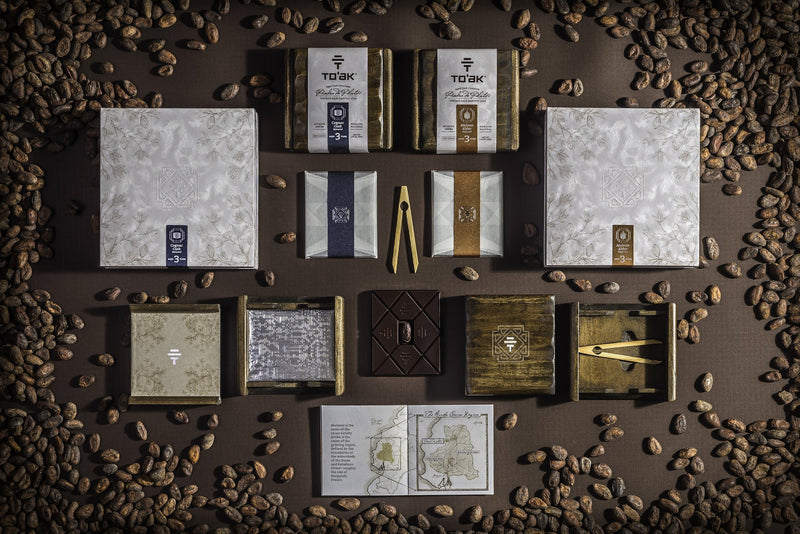
17th of July 2022
To’ak Chocolate routinely charges over $300 for a single bar of chocolate, which is the most expensive chocolate in the world. Here is a behind-the-scenes look at how and why To’ak is priced the way it is, our mission to create the best chocolate, and how this fits into the evolution of the chocolate industry at large.
***
Carl, Dennise, and I first created To’ak without thinking about pricing. Our goal was to make chocolate in a way that had never been done before, well beyond the traditional role of chocolatier. More specifically, we wanted to shatter the 20th-century perception of chocolate as mere candy. We like to say that our mission is to elevate chocolate onto the level of vintage wine or aged whisky, but this doesn’t fully express what we’re trying to do. As usual, there is more to the story than a catchy one-sentence mission statement can capture.
How Expensive Chocolates Became Mere Consumables
People often overlook the fact that chocolate was considered sacred by almost every single culture it touched for thousands of years. It was a delicacy reserved for priests and warriors and royalty, and in some cultures it was even used as currency. According to written records, the price of a hand-woven blanket in the Aztec kingdom was 100 cacao beans. At the commodity price for cocoa beans, this equates to $0.23 for something that took over 160-320 hours of labor to produce.
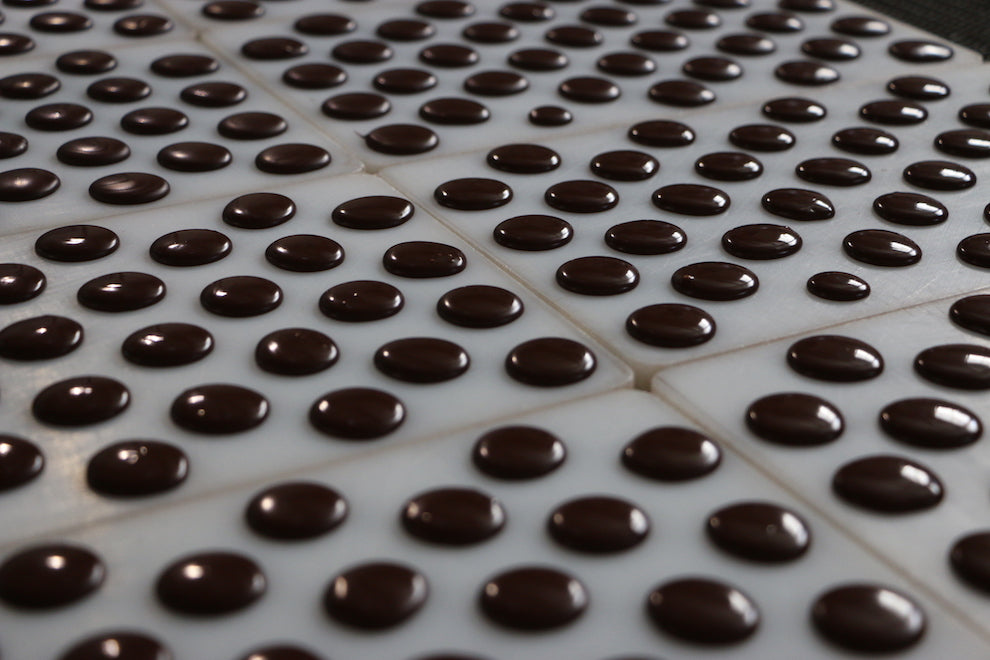
In the 20th century, chocolate companies began cheapening the value of chocolate, turning it into a low-cost, low-quality confection.
The exalted value of chocolate didn’t fundamentally change until the 20th century, with the advent of industrial food production. Like so many other things we eat, chocolate was cheapened by mass production. Dominated by milk chocolate varieties, it became synonymous with cheap candy bars—a quick fix of sugar and powdered milk and a medley of chemicals that nobody can pronounce, mixed with a bit of low-grade cacao solids. And people quickly became used to chocolate as a cheap, sugary confection.
The global consumer, embedded with a sense of entitlement for easy access to bargain products of all kinds, came to expect an unlimited supply of chocolate with a low price tag. Hamstrung by consumer expectations—or, failing to challenge those expectations—the massive chocolate companies of the world were and still are forced to ruthlessly cut costs. Faced with tiny margins, they responded by pumping out high volumes in order to generate a profit. Cacao was now reduced to a commodity, and chocolate became a mere “consumable.”
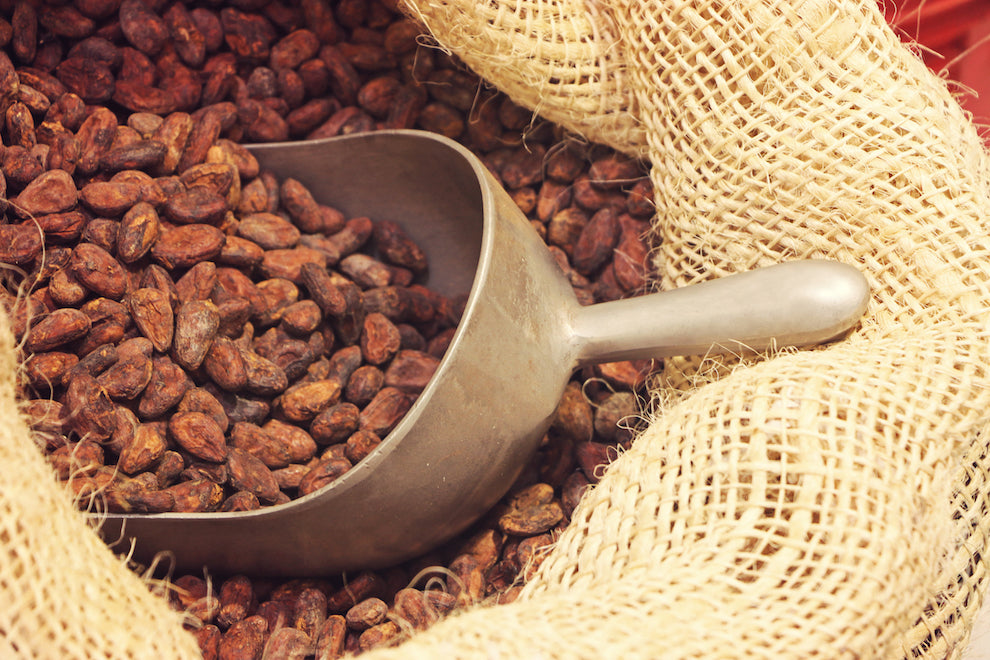
Responsibly sourced cacao beans are an important step in creating delicious chocolate.
The Rise of Artisanal Chocolatiers
At the turn of the last century, the chocolate industry began to change. Small producers started entering the market with a new value proposition: make small batches of fine dark chocolate, often produced from responsibly sourced cacao beans, which in some cases were organic and/or single origin. Some of these brands started charging as much as $3 to $4 for one chocolate bar—a big jump from the $0.50 candy bars of our youth.
Scharffenberger is generally regarded as the pioneer of this new “bean to bar” movement, promising to arouse taste buds like no other chocolate before. After more than a decade trailblazing this new sector of the industry, Scharffenberger was eventually acquired by the Hershey Company in 2005. Many loyalists promptly abandoned Scharffenberger for “selling out,” but the bean-to-bar movement didn’t die there. Mast Brothers and other bean-to-bar chocolate makers and chocolatiers quickly filled the void. Some of these companies eventually started charging as much as $10 for a bar of chocolate, which was begrudgingly accepted by a minority of chocolate lovers and generally scoffed at by mainstream candy consumers. This was the environment into which To’ak was born.
The Origin of To'ak
My personal connection to chocolate began through farming. I started out as a rainforest conservationist in Ecuador, which introduced me to cacao farming. I started planting cacao trees as part of an Ecuadorian reforestation project and this quickly led to a full-blown obsession with cacao farming, which in turn brought me to chocolate making. But I didn’t want to be a chocolate maker who was confined to a factory. I was more drawn to the life of the winemaker, who works on the land and cultivates the grapes in addition to producing the wine. I don’t like spending too much time indoors, but I also appreciate fine things, so this whole approach appealed to me.
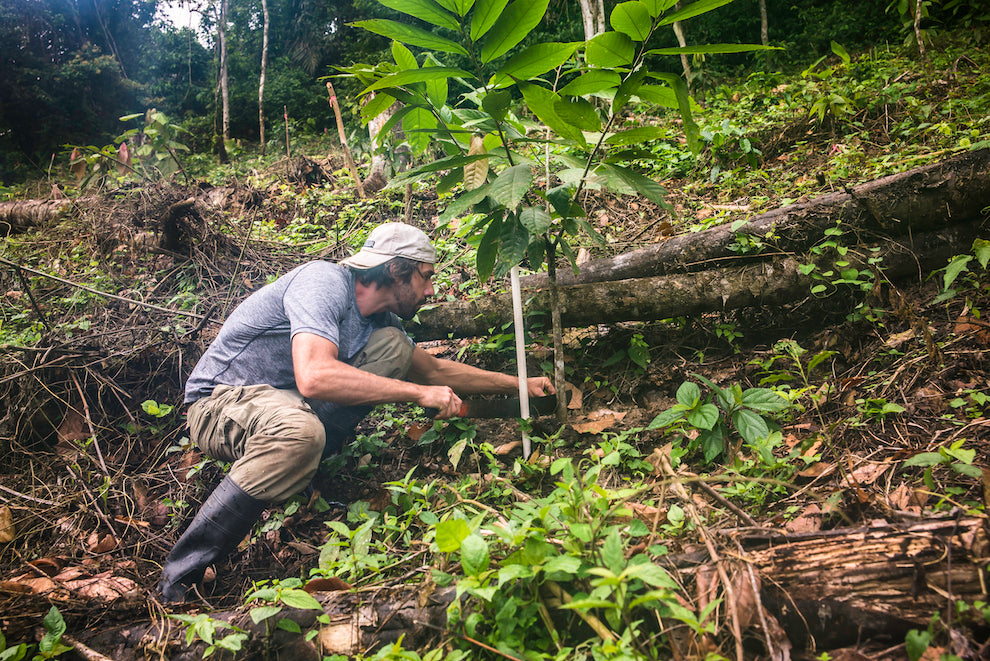
To’ak was born out of an Ecuadorian reforestation project.
At the time, the chocolate industry and the wine industry had little in common, despite the many features that wine and chocolate both share. Most of the new bean-to-bar chocolate makers were located in temperate climates where cacao trees cannot survive. These artisanal producers of chocolate had little contact with the land and the trees from which their creation was ultimately sourced. As a cacao farmer who lives in Ecuador, I was lucky to not have this problem. I became what is called a “tree-to-bar” chocolate maker.
I found two kindred spirits In Carl and Dennise. Dennise was born and raised in Ecuador's capital city of Quito. Carl had also been living in Ecuador for as long as I had and, as fate would have it, was married to Dennise. Carl's interest in cacao went even deeper than the land itself, and extended back through ancient history. It was Carl who first enlightened us to the exalted role of cacao in the societies of ancient tropical America. The other thing about Carl is that he’s an artist. We both are, albeit in different ways. Dennise is the glue that holds everything together.
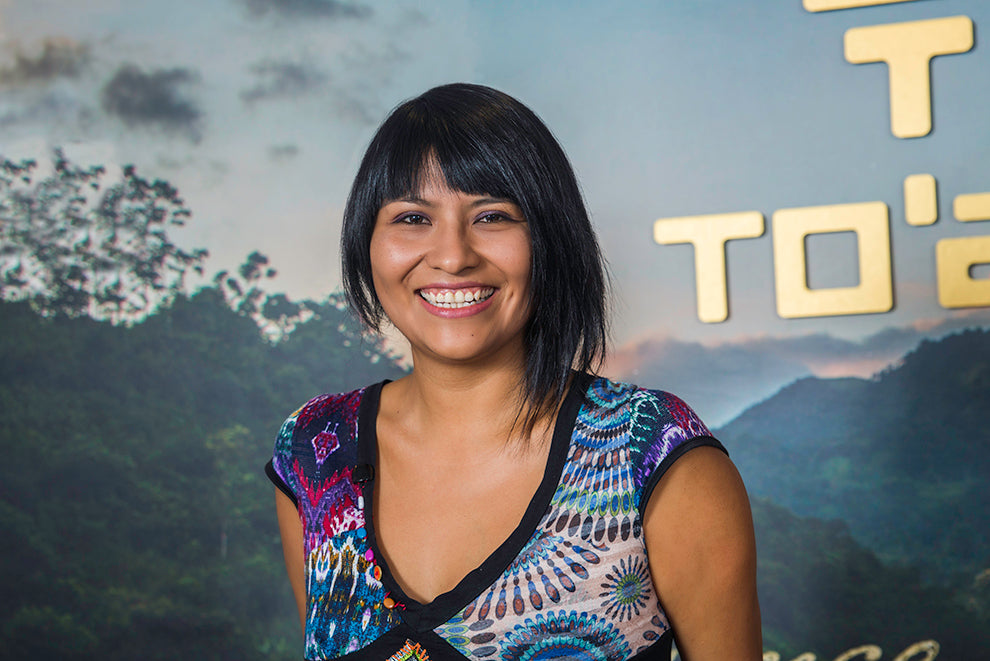
Born and raised in Ecuador's capital city of Quito, Dennise Valencia is To’ak’s general manager.
The Origin of the World's Most Expensive Chocolate
Our earliest discussion on the subject of chocolate came halfway through a night of revelry in the city of Quito. A group of us patronized several establishments in Quito that night and about halfway through this process, we started talking about chocolate. After we realized that our visions were almost perfectly aligned, we agreed to stop talking about chocolate until the following afternoon. We wanted to continue this discussion but with clear heads.
As planned, we met the very next day. Together we outlined a vision for the radical re-positioning of chocolate inside of people’s minds. To shatter the 20th-century concept of chocolate as candy with a cheap price tag, we knew we would have to show the world an entirely new conception of chocolate. To do so, we decided to make chocolate the way a winemaker makes wine and the way an artist produces art.
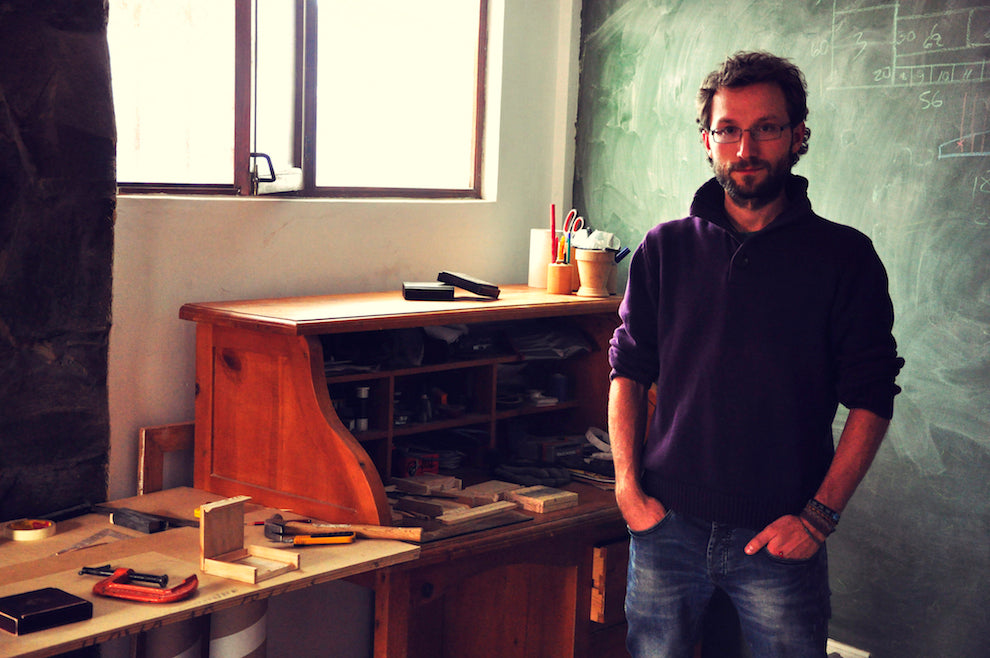
Co-founder Carl Schweizer turning his love for cacao into delicious chocolate.
Initially, pricing never even entered into the discussion. And we never had any delusions of grandeur that we’d be creating the best chocolate in the world. Our only goal was to make delicious chocolate that was exponentially more elaborate and consciously designed and impeccably sourced than anything else we had ever seen or even imagined in this field.
The Journey to Making the World's First Luxury Chocolate
Our first task was tracking down the oldest and rarest variety of cacao on earth, which was believed to be extinct as recently as 2009. After a fair amount of exploration throughout Ecuador, we ultimately found what we were looking for in the valley of Piedra de Plata. The old-growth cacao trees growing in this valley were later verified by DNA analysis to be 100% pure Nacional cacao—one of the key moments in the history of this project. We built a relationship with 14 cacao growers in Piedra de Plata and have exclusively sourced our cacao from this valley ever since.
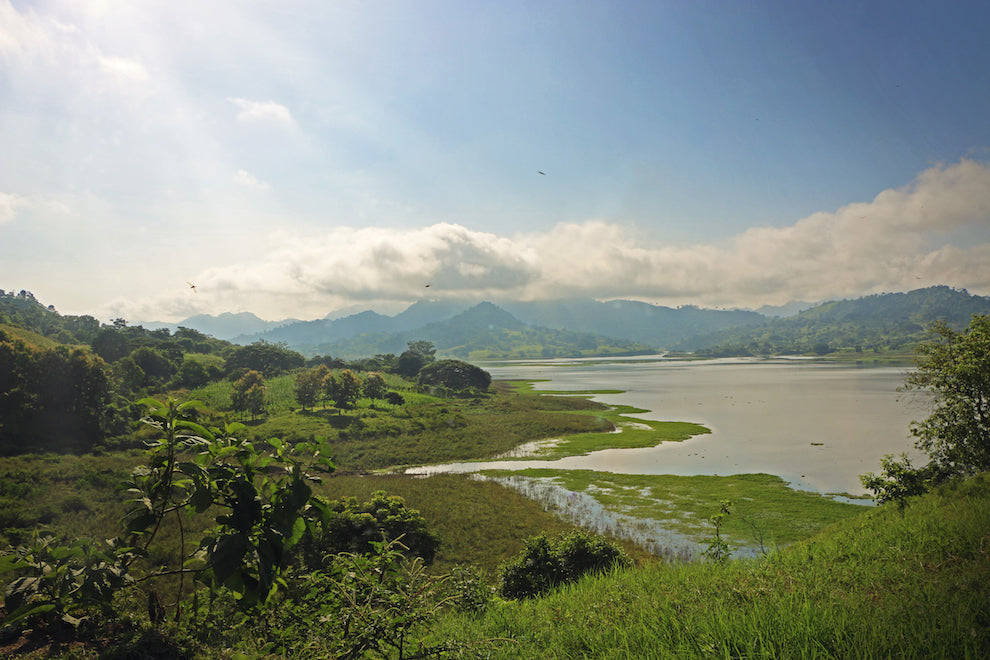
The valley of Piedra de Plata is home to 100% pure Nacional cacao.
Meanwhile it took us almost two years to design and develop our inaugural edition of To’ak. As the entire process progressed—i.e., sourcing, packaging and design, chocolate making, etc.—our cost structure kept ballooning. Very early in the process, I remember the three of us coming to the realization that we may have to charge something absolutely crazy—like $50!—for each bar of To’ak, otherwise there would be no way to make the business viable. This later increased to $100, then to $200.
By the time our first edition was ready for market, the retail price had risen to $260. We were on our way to creating the most expensive chocolate in the world. This was by necessity. Financially speaking, anything less would be a losing proposition. This is what happens when two artists develop a product together in the absence of a good accountant.
During the intervening years, our design has continued to evolve, but the basic concept has remained the same. Likewise the chocolate has changed from year to year, in line with the unique weather characteristics of each harvest, not to mention the barrel-aging program and other vintage releases. The result is the world’s first truly luxury chocolate brand.
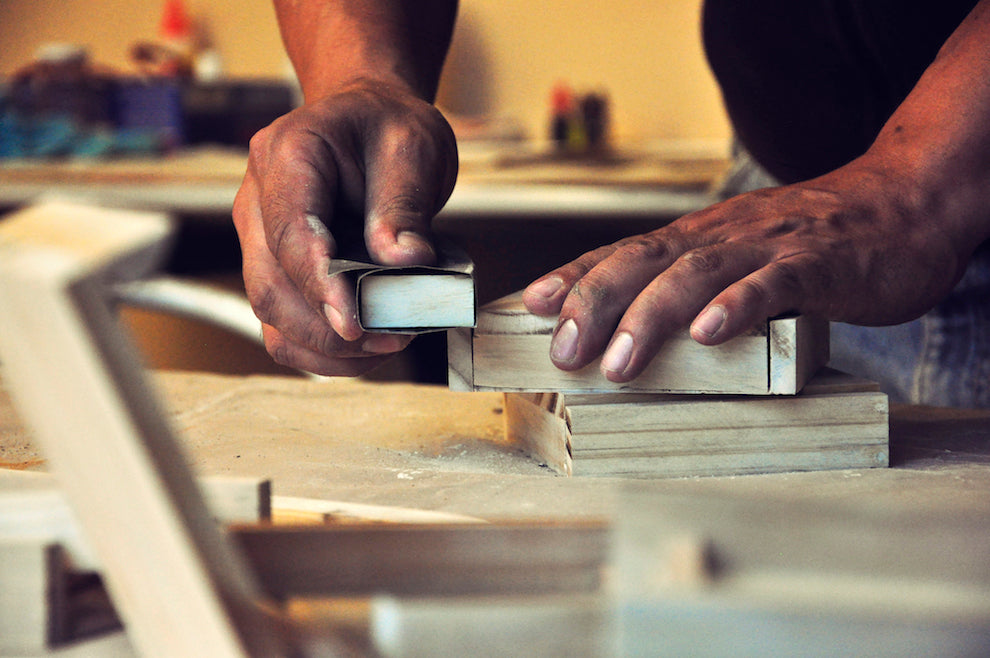
The most expensive chocolate in the world is created carefully by hand.
Creating a Unique Chocolate Experience
We are fortunate to have attracted the attention of hundreds of media outlets across six continents, which has largely been responsible for our growth. So my next comment is not intended as a complaint. Rather, it is a comment. In this unique era of late stage capitalism, in which prices and wealth are fetishized, media outlets like to grab headlines by touting our prices and referring to To’ak as “the most expensive chocolate in the world.” If it were up to us, we would rather be called the world’s most valuable chocolate.
Price is just a means to an end. At the end of the day, what we’re really trying to do is create for the world something utterly unique and beautiful, something that transcends merely being an expensive chocolate bar and enters into the realm of experience. And to do this while living in a beautiful place, working with people we enjoy spending time with, doing things we love doing. That's the story behind To'ak that doesn't make it into the magazines.
Shop our collections to see for yourself how the most expensive chocolate in the world looks and tastes.
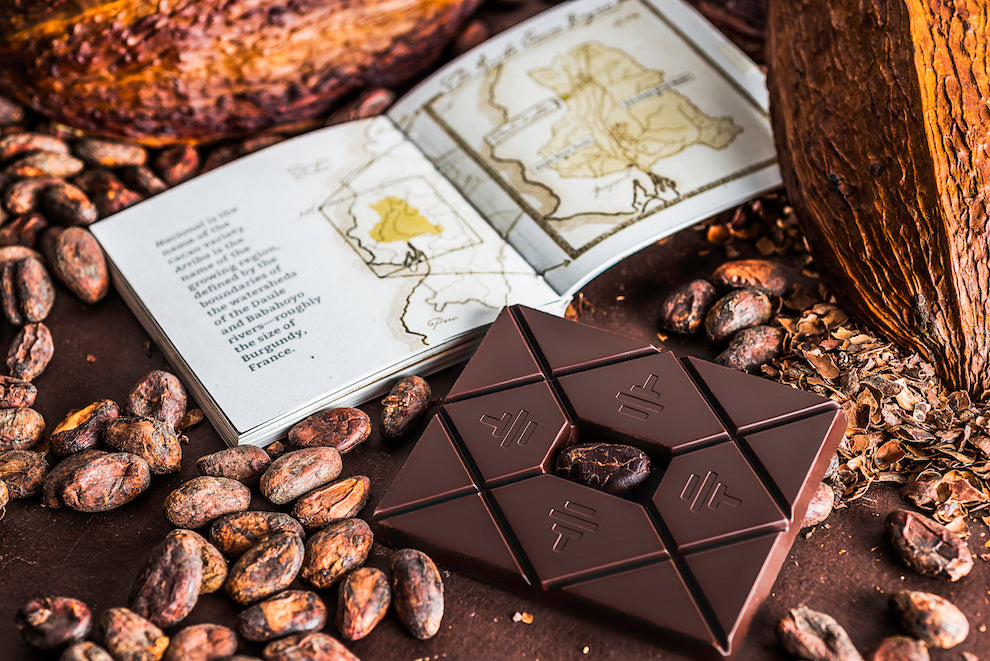
Featured products
More from us
